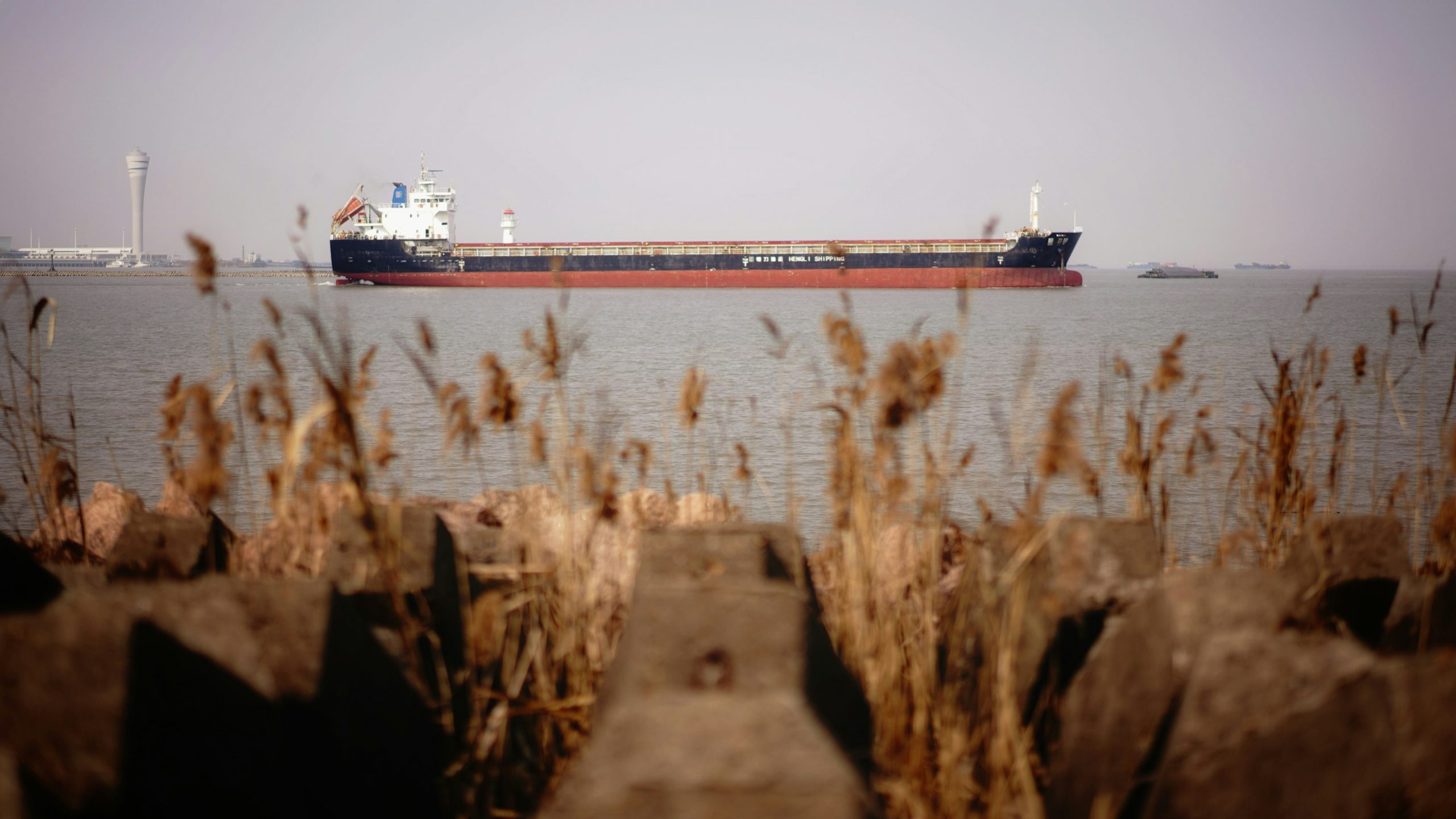The global shipping industry is undergoing significant adjustments in response to the sweeping tariffs introduced by President Donald Trump, known as the “Liberation Day” tariffs.
These measures have reshaped international commodity trade flows, compelling shipping companies to reevaluate routes, capacities, and strategic partnerships.
Redirection of Trade Routes
The imposition of a 10% baseline tariff on all imports to the United States, with higher rates on specific countries like China, Canada, and Mexico, has led to a noticeable decline in U.S. goods imports.
In April 2025, imports fell by 20%, indicating a significant shift in trade patterns.
This downturn has prompted shipping companies to redirect their services towards emerging markets in Southeast Asia, Latin America, and Africa, where demand remains robust.
For instance, the Asia–US routes, particularly those involving China, are facing pressure, pushing shippers to explore alternative trade corridors.
Impact on Shipping Rates and Capacities
The tariffs have introduced volatility in shipping rates and capacities.
With reduced demand for certain routes, freight rates have fluctuated, affecting the profitability of shipping lines.
Companies are adjusting capacities, such as reducing sailings on affected routes, to mitigate financial losses.
Additionally, the increased cost of importing goods due to tariffs has led to higher freight costs, which are often passed on to consumers.
Strategic Responses and Opportunities
In response to these challenges, shipping companies are adopting several strategic measures:
- Diversification of Markets: By focusing on markets less affected by U.S. tariffs, such as intra-Asia and Africa, shipping lines aim to maintain cargo volumes and revenue streams.
- Investment in Infrastructure: To accommodate new trade routes, investments are being made in port infrastructure and logistics networks in emerging markets.
- Digitalisation and Efficiency: Embracing digital technologies to optimize operations and reduce costs has become a priority, enhancing resilience against trade disruptions.
Long-Term Implications
The reconfiguration of global trade flows due to the “Liberation Day” tariffs is likely to have lasting effects on the shipping industry.
Companies that adapt by diversifying markets, investing in infrastructure, and embracing digital solutions will be better positioned to navigate the evolving landscape.
However, the uncertainty surrounding trade policies necessitates continuous monitoring and agile responses to mitigate risks and capitalise on emerging opportunities.
